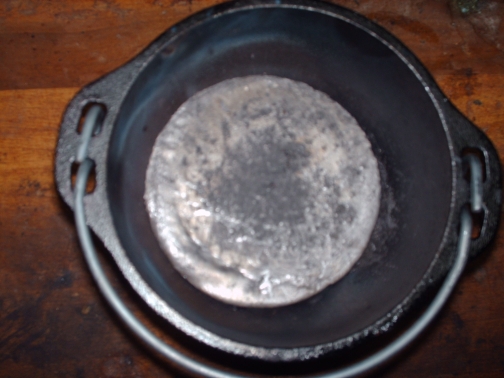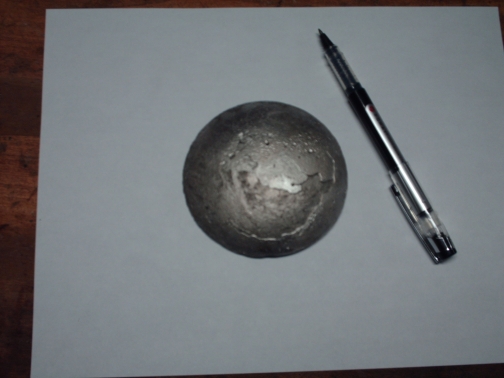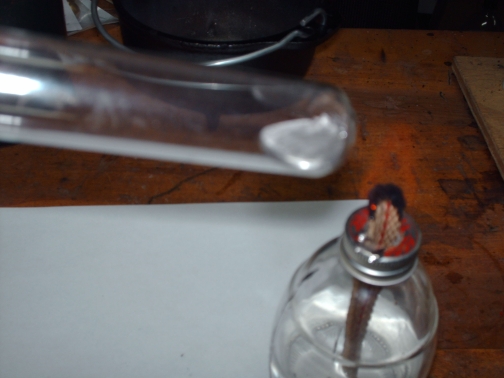
Lead melts at 621F. Mercury melts at -37.9F.
Let's assume for a moment that we need a liquid conductor, perhaps for something to rotate within, so as to allow current to flow into a spinning apparatus. Just why this might be needed, well, there's no reason to get into petty details, but we will just assume it is.
If you want to use lead, you'll need to keep the apparatus (or at least the contact pools) heated with a blow torch or something similar. If what you're doing involves something flammable, or has components which can melt or ignite, this is clearly a bad idea. Mercury works well, but happens to have the nasty effect of being incredibly expensive, and will get you no limit of hell from Those-Who-Are-Here-To-Help-Us-All-Be-NICE NICE!... also known as, the EPA.
Notice I did not say "it has the nasty effect of being very very toxic." Go read about just how bad mercury (in pure metallic form) really is. Mercury vapor on the other hand... that's bad stuff.
Alternatives exist, with low enough melting points to act as something like liquid mercury at or below the boiling point of water. We can make this work with simple heating elements to keep it molten, and the green police won't scream (as much). Galinstan, an alloy of Gallium, Tin and Indium, is liquid at room temperature. Gallium at a little higher temperature. They are also not particularly toxic, but they are particularly expensive. Thus we have here demonstrated a fundamental law of physics more basic than thermodynamics: it is impossible to win.
But you can damned sure cheat, and if you've got access to an outdoorsman's supply store (hunting, fishing, etcetera), you can make an alloy that will melt at just under the boiling point of water. That's an easy temperature to reach. It's also fun to have a brick of metal that, if you throw it into a pot of water intended for making spaghetti, will melt. It is not recommended that you make spaghetti (or any other dish for that matter) in the water after you've done this.
Three elements are required to make Rose's metal. Bismuth, Tin, and Lead. Bismuth is harmless, Tin is as well. Lead is not the nicest thing out there, but it will not make you "DEAD DEAD" from handling it. Wash your hands, wear gloves, don't breathe in fumes from melting it, and so on, and you'll be alright.
Where to get these materials? You can order and purchase them online, there are a few suppliers out there. Bismuth is the most expensive material of the three, lead costs very little, tin's in between. Or, if you want instant gratification and/or wish to take the more adventurous route, again, the outdoorsman's store is your place. Tin is used as a lead alternative for fishing sinkers. Conventional lead sinkers are still sold, which is convenient, and at least in the case of my local store, is within 3 feet of the tin. Bismuth is available in the gun section. Certain shotgun shells are sold which, instead of lead shot, use nontoxic bismuth "bb's". WARNING! If you want to go this route, you had better be very careful, and make certain of the legality of tearing apart shotgun shells. You must also dispose of the powder and primers appropriately (meaning, don't toss it in the trash). If you are not absolutely certain you can do this safely, then buy your bismuth on the internet, and leave the shells for the duck hunters.
The proper ratio of these elements to make the alloy is approximately 50% bismuth, 25% lead, 25% tin. If you have access to a lab scale, measuring this out is easy enough. If you do not, don't worry. This isn't the most exact thing there is, so you've got a little leeway. When we at United Neko produced it, we chose not to use our lab scale (since none of us wanted to spend money and repair it until we really need it), so we constructed a fantastically elaborate mass measuring device consisting of two plastic cups, a ruler, and a few feet of string. And it worked perfectly on the first try. If going this route, the best bet is to measure out equal proportions of lead and tin, and then set this 50/50 mixture aside while procuring your bismuth. Put the tin/lead mix in one cup/pan/etc., and add bismuth until it balances. Then put all this together and put into a metal pot of some kind that will withstand 600F+. Until alloyed together, you'll still need a great amount of heat to melt everything. We used a cast iron pot, 1 quart in size, suspended over an extremely high technology heat source which combusts a hydrocarbon gas in the presence of free oxygen. This is known in common parlance as a blowtorch. It doesn't take particularly long for the metals to begin melting. Use a steel stir rod to mix everything carefully together uniformly once all is molten. WEAR EYE PROTECTION! WEAR WELDER'S GLOVES! Your eyes and your hands are your greatest tools. Do not carelessly destroy them. And again, perform this work under a fume hood, or at least in a very well ventilated area, and do not smell the fumes.
Once this is all melted and uniformly mixed, shut off the heat source and let the alloy harden and cool. Once this has been done, a firm tap on the bottom of the pot should dislodge the silvery metal. If not, there's no need to worry. You'll find that this stuff now melts at a temperature just under the boiling point of water, which is easy to obtain. It can then be poured into molds, transferred, and so on. Small bits of it can be melted with a cigarette lighter. You can use it as a low temperature solder, cast things with it, make a liquid metal contact assembly (superior in many situations to graphite brushes)... your imagination is the limit. Congratulations, you've just made Rose's metal.

The three unholy metals, ready to be joined

No shillings for this "pot o' gold"

Pen shown to give an idea of how much was made

Sample of Rose's metal melted over an alcohol flame.
What are we doing with it? These pages might chronicle that in the future.
This Web Page Created with PageBreeze Free HTML Editor